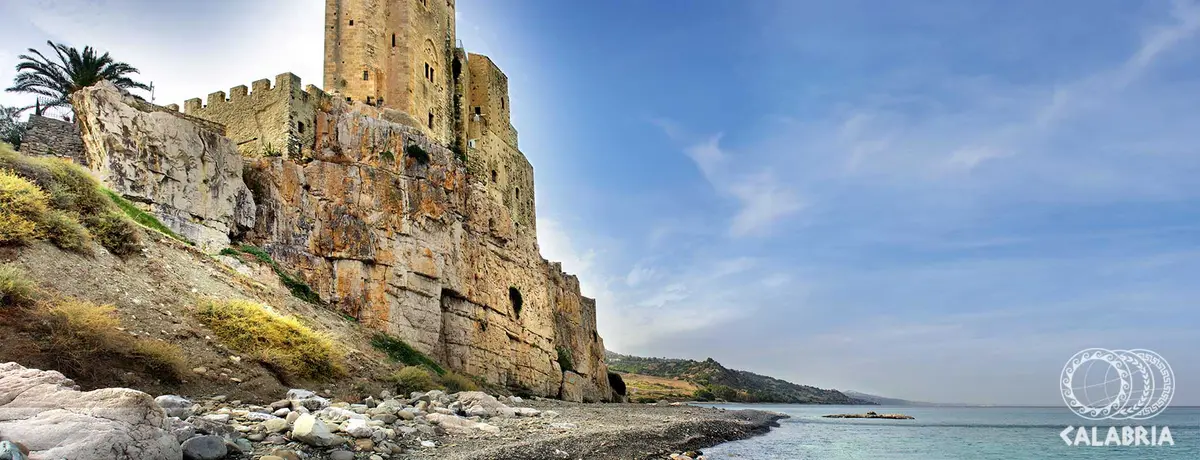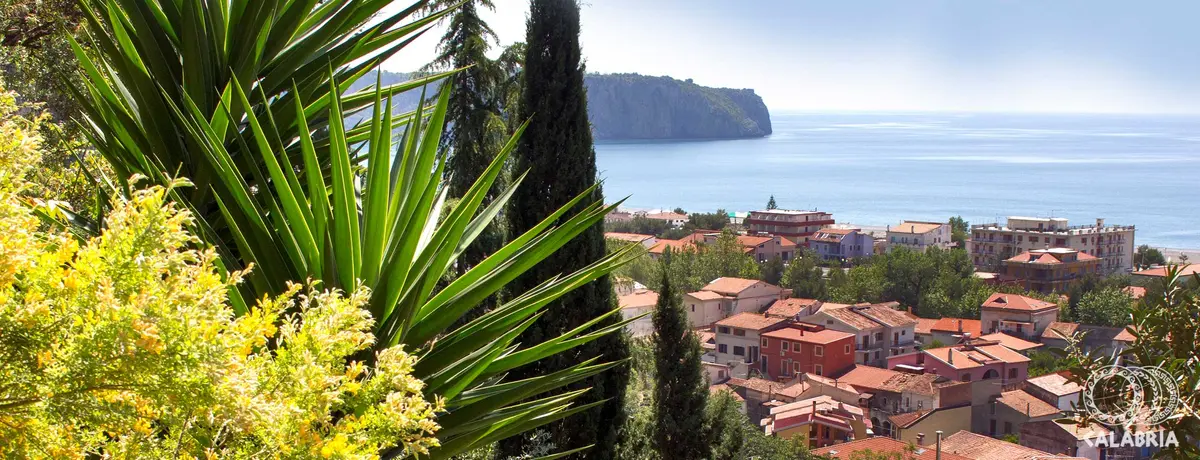Among the scents of citrus and licorice

Landscape
Travel information
Category
Landscape
Target
The Alto Ionio Cosentino is one of the most surprising places in Calabria, with unusual and still little known itineraries to discover. Among archaeological ruins, ancient castles, blue flag beaches, lush countryside and opportunities to enjoy delicious cuisine, this area is ideal for immersing yourself in the wildest Calabria without sacrificing comfort.
The itinerary is suitable for everyone, practicable by car and recommended in spring, summer and autumn.
Food tips
n Calabria, besides the production of artisanal pasta, rice is also cultivated: the rice field of the Sibari plain is the most southern in Italy, therefore the most sunny, with an alluvial and naturally brackish soil. This particular combination of soil and microclimate gives Sibari rice unique organoleptic qualities. In the past, this rice was resold to producers in Northern Italy, but since 2006 the entire production phase has been managed on site, from sowing to packaging, and finally to sales, thus allowing the complete control of the entire supply chain, in order to guarantee the final consumer a totally Calabrian product with superior quality and characteristics. Usually, because of its low consistency, it is not recommended for risottos, but it is an excellent choice in preparations such as soups, timbales, croquettes, arancine and desserts.
In Calabria is concentrated about 80% of the Italian production of licorice. This plant comes from the coastal area and the area of major processing is located in the municipalities of Rossano and Corigliano, in the province of Cosenza. Licorice has always been a source of value and wealth for Calabria, especially thanks to the Duke of Corigliano, who founded the first factory of the kind in 1715. The product, in the variety called "Cordara" in Calabria, obtained the DOP certification in 2011.
The IGP lemon, cultivated since ancient times in the territory of Rocca Imperiale, is known as Antico or Nostrano di Rocca Imperiale. The fruit of this lemon, of an intense yellow color and with an extraordinary fragrance, is unique and differs significantly from all other lemons. It has an elongated shape, is almost seedless, juicy, with an excellent scent and a pleasant flavor. Rocca boasts the most important production of lemons in the province of Cosenza and the upper Ionian Sea: since 2001, the lemon growers of Rocca Imperiale have come together in a consortium to protect and enhance the Lemon Rocca Imperiale, starting the process for the recognition of PGI, then obtained in 2011.
A cross between bitter orange and mandarin, clementines probably originated in Algeria. Cultivated in Italy since the '30s, they have found one of their ideal habitats in Calabria, where, in 1992, they became Clementine di Calabria IGP. This fruit and vegetable product is mainly cultivated in the plain areas of Sibari and Corigliano in the province of Cosenza, in the Lamezia Plain in the province of Catanzaro, in the Gioia Tauro-Rosarno Plain and in the Locride area in the province of Reggio Calabria. Clementine di Calabria IGP, for their goodness, are generally consumed in their natural state, but they are also very used in the preparation of sorbets, juices, syrups and jams.

Rocca Imperiale

Roseto Capo Spulico

Sibari

Corigliano Calabro




